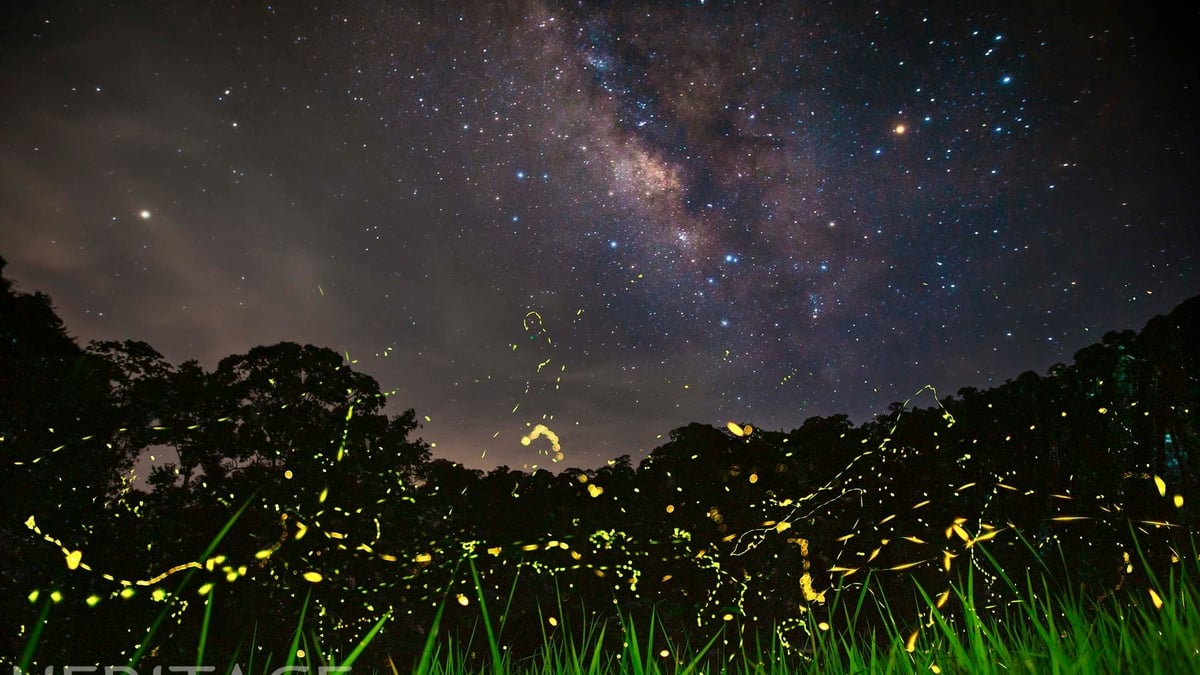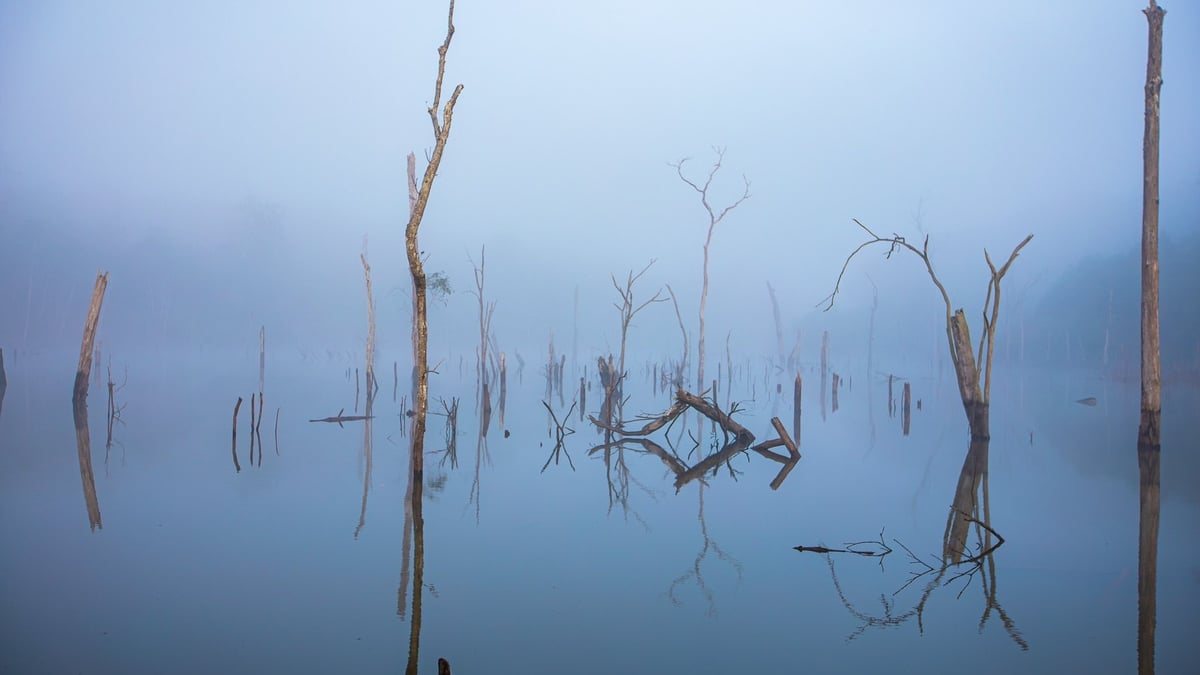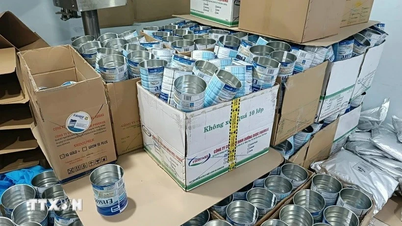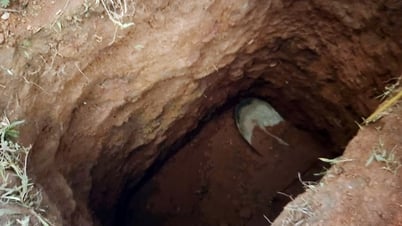A new study led by the Queensland University of Technology (QUT) has analysed data from NASA's Perseverance rover and found compelling evidence of multiple mineral formations just below the surface of Mars - a finding that brings scientists closer to answering the big question: Did life ever exist on the Red Planet?
The research team, led by Dr. Michael Jones from the Central Analytical Research Facility and the School of Chemistry and Physics, applied a new analysis method called Reflection X-ray Diffraction Mapping (XBDM) to the PIXL instrument on the Perseverance rover.
This method allows the orientation of the crystal structures to be determined, providing a "fingerprint" of how and when they formed, as well as what the environment on Mars was like at the time.
“Sulfate minerals exist with varying amounts of water in most regions of Mars and allow us to understand how water moved around the planet, which is key to understanding the planet’s past habitability,” explains Dr Jones.
Two distinct generations of calcium-sulfate minerals have been discovered in the Hogwallow Flats and Yori Pass areas of Shenandoah, part of the sedimentary fan in Jezero Crater. One generation formed just below the surface and the other formed much deeper underground, at least 80 meters.
“This discovery highlights the diversity of environments that existed throughout Shenandoah’s history – suggesting that life may have existed on Mars,” said Dr Jones.
Since landing in Jezero Crater in February 2021, the Perseverance rover has explored a variety of Martian rocks, from ancient lava flows to sedimentary layers left over from a long-lost lake and river delta.
One of the mission's main goals is to study environments that may have supported microbial life — and collect samples that could one day be returned to Earth./.
Source: https://www.vietnamplus.vn/phat-hien-bang-chung-ve-su-kien-tao-khoang-vat-ngay-duoi-be-mat-sao-hoa-post1033265.vnp


![[Photo] National Assembly Chairman Tran Thanh Man meets with Thai Prime Minister Paetongtarn Shinawatra](https://vphoto.vietnam.vn/thumb/1200x675/vietnam/resource/IMAGE/2025/5/15/e71160b1572a457395f2816d84a18b45)
![[Photo] Prime Ministers of Vietnam and Thailand visit the Exhibition of traditional handicraft products](https://vphoto.vietnam.vn/thumb/1200x675/vietnam/resource/IMAGE/2025/5/15/6cfcd1c23b3e4a238b7fcf93c91a65dd)






![[Video] Solutions to support businesses in digital transformation on the Business Portal](https://vphoto.vietnam.vn/thumb/402x226/vietnam/resource/IMAGE/2025/5/15/fee29cfb3a534b4e95037e0b2a4391a6)

















































































Comment (0)